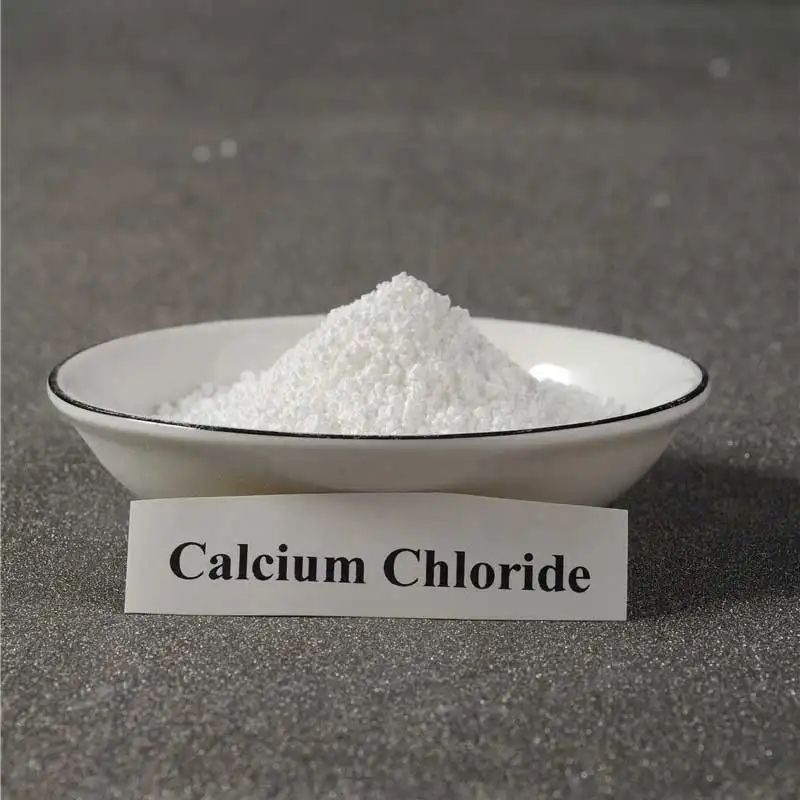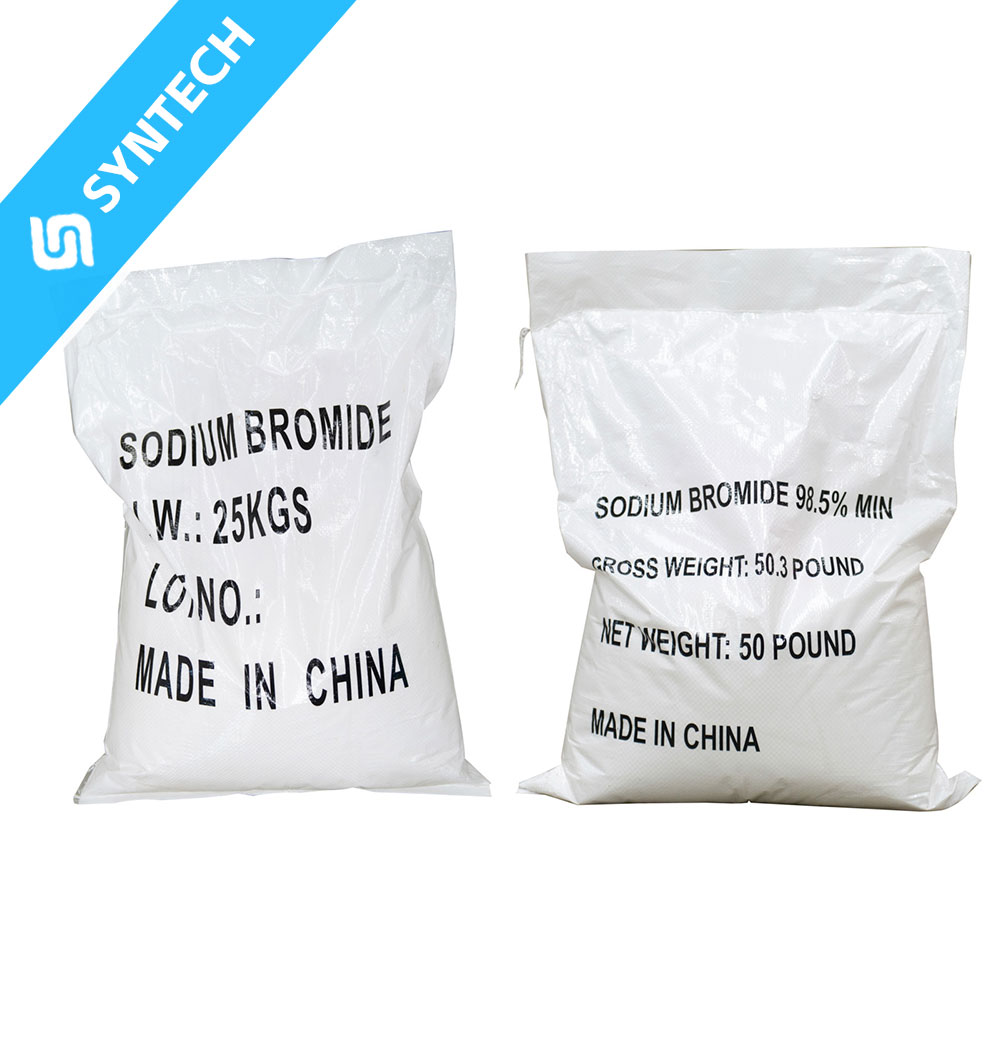The core chemical properties of Sodium Methallyl Sulfate (SMAS) center around the functional groups in its molecular structure. These properties determine its applications in polymerization reactions, surface chemistry, and other fields, with the most critical characteristics summarized in the following four points:
1. Strong Hydrophilicity: Derived from the Sulfonate Ion (-SO₃Na)
The SMAS molecule contains a highly polar sodium sulfonate group (-SO₃Na), which is the key source of its hydrophilicity:
- The sulfonate ion (-SO₃⁻) carries a negative charge, and Na⁺ is an easily dissociable cation. It dissociates quickly and completely in water to form a stable ionic environment, endowing SMAS with excellent water solubility (high solubility at room temperature with no obvious upper limit).
- The presence of hydrophilic groups enables it to significantly reduce the surface tension of water while preventing molecular agglomeration in water—this forms the core basis for its use as a “water-soluble monomer” or “surfactant additive”.
2. High Reactivity: Polymerization Capacity Based on Carbon-Carbon Double Bonds (C=C)
The SMAS molecular structure contains a methyl-substituted carbon-carbon double bond (CH₂=C(CH₃)-). This unsaturated bond gives it strong reactivity, making it a core characteristic for its role as a “polymerization monomer”:
- Through processes such as free radical polymerization and anionic polymerization, the double bond can undergo copolymerization with other double bond-containing monomers (e.g., acrylic acid, acrylamide, styrene) to form linear or branched high-molecular-weight polymers.
- The substitution effect of the methyl group (-CH₃) slightly adjusts the electron cloud density of the double bond: it not only ensures reactivity but also regulates the polymer chain structure (e.g., reducing branching degree, enhancing polymer rigidity) through steric hindrance, thereby optimizing the properties of the final material (e.g., salt resistance, thermal stability).
3. Chemical Stability: Synergy Between Ionic and Covalent Bonds
SMAS exhibits good chemical stability under conventional conditions (room temperature, neutral/weak acid-base environments), primarily relying on the properties of two types of chemical bonds:
- Ionic bond between sulfonate and sodium (-SO₃⁻Na⁺): Ionic bonds have strong attractive forces, and Na⁺ rarely undergoes displacement reactions with other common ions (e.g., Cl⁻, OH⁻) unless exposed to strongly oxidizing cations or extremely high concentrations of other metal ions.
- Covalent bonds of carbon-carbon single and double bonds: The main molecular chain (C-C, C=C) is not easily broken under non-strong oxidizing (e.g., potassium permanganate, ozone) or non-strong reducing (e.g., lithium aluminum hydride) conditions. Additionally, the sulfonate group (-SO₃Na) is thermally stable (decomposition temperature typically above 200°C), allowing it to withstand the heating process during polymerization reactions.
4. Monomer Functionality: Imparting Specific Properties to Polymers
As a functional monomer, the core value of SMAS lies in its ability to “transfer” the properties of its groups to polymerized products—this is what distinguishes it from ordinary water-soluble monomers:
- After copolymerization, sulfonate ion groups are introduced into the polymer molecular chain, endowing it with salt resistance (sulfonate groups rarely combine with salt ions to cause polymer precipitation) and high charge density (usable for flocculation in water treatment and retention/drainage aid in papermaking).
- The structure of methallyl (steric hindrance) enhances the hydrolysis resistance of the polymer, preventing the hydrolysis and breakage of groups such as ester bonds and amide bonds during long-term use, and extending the service life of materials (e.g., thickeners used in oilfield drilling fluids).
In summary, the core chemical properties of SMAS can be summarized as: strong hydrophilicity (-SO₃Na), high polymerization reactivity (C=C), good stability, and functional group transfer capability. These four characteristics collectively determine its core applications in polymer synthesis, water treatment, petrochemical engineering, and other fields.






